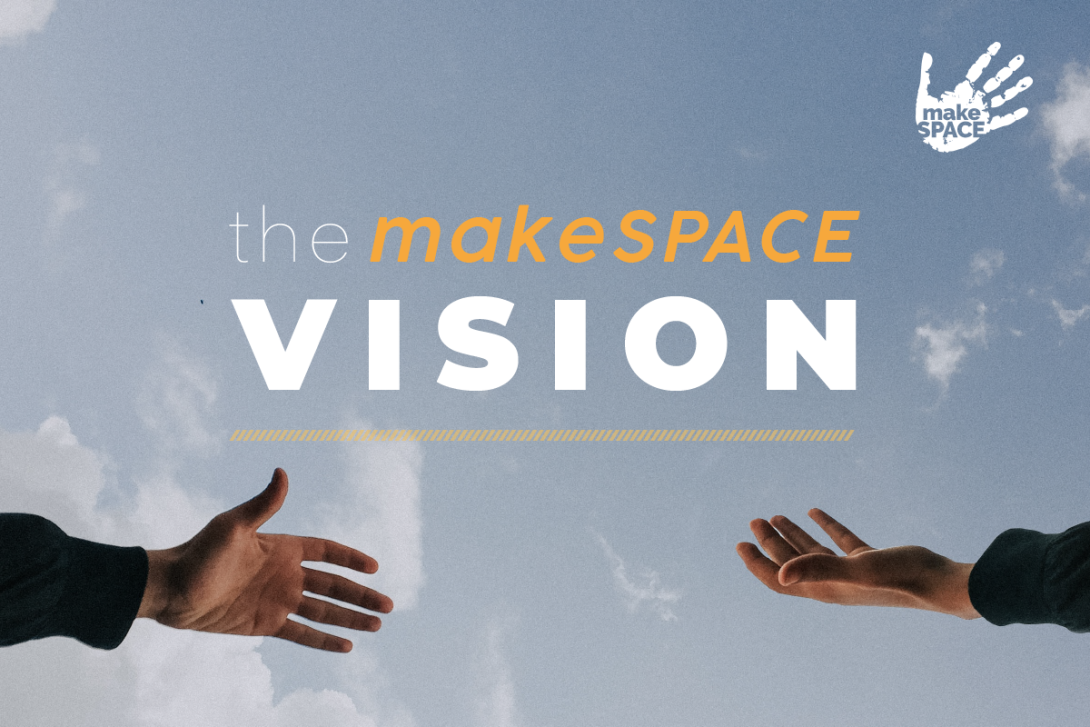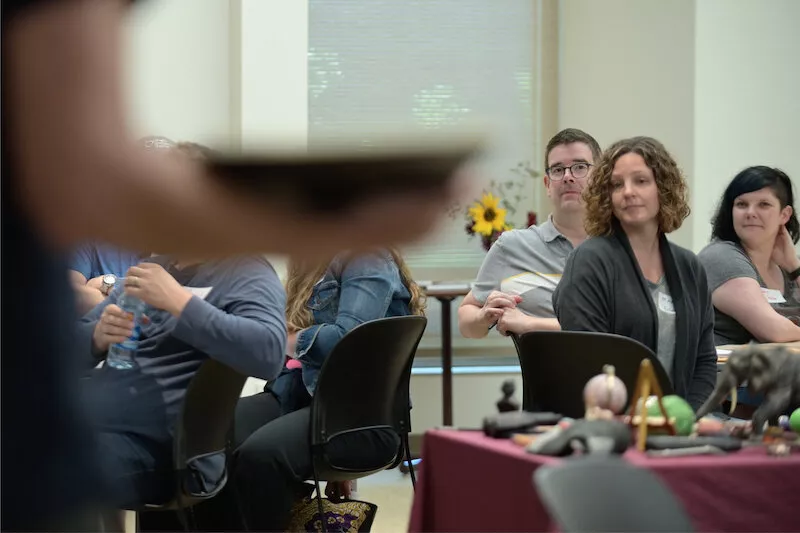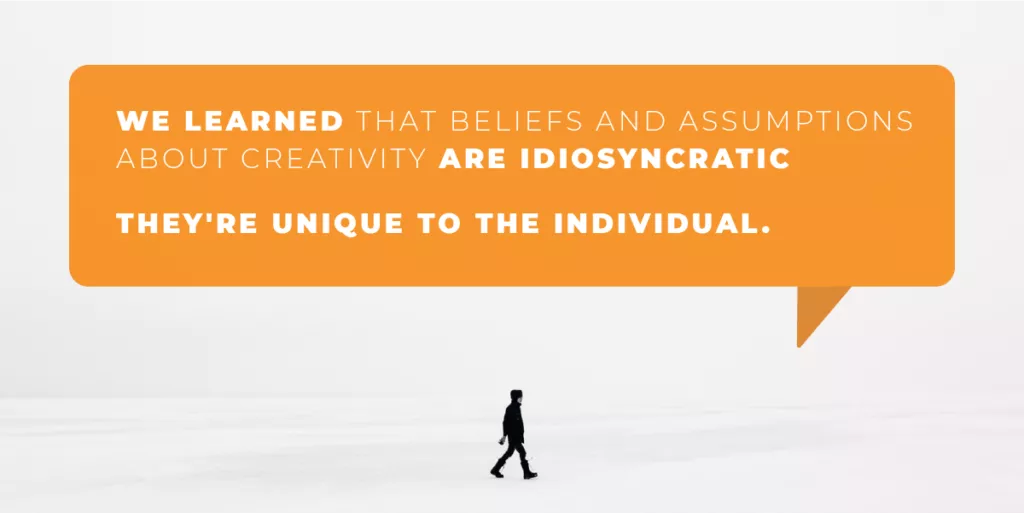The makeSPACE blog
OUTLINING THE VISION FOR THE MAKESPACE STORY
Our Vision
The makeSPACE story began with a simple vision: To bring creative engagement to classrooms across the country, starting with rural schools.

We first saw potential in creative engagement through the four-year grant-funded ArtCore project.
On ArtCore days, classrooms hummed with energy. Teachers and students expressed and expanded their creativity. That work built new relationships and innovations and left a legacy in partnering schools.
Expanding on this vision, we invited educators from three rural Oregon school districts—Blachly, Monroe, and Woodburn—to join the makeSPACE project. Thus far, they have engaged in early versions of online and in-person training. And they worked to adapt creative routines into their classrooms. They have also provided in-depth feedback and insight for improvement.
This work called on them to take risks, try on new roles and approaches as educators, and tap into the resource-rich creative potential of their students. They are currently working as designers and partners in the evolving makeSPACE vision.
We also made an early beta version of an online learning hub: https://makespaceproject.org. Once developed, this space will allow teachers to develop (and share) their own classroom innovations as they progress through strategies and content. The platform will also familiarize new teaching partners to arts integration strategies. And it’ll help establish and nurture a community of practice.
Our hope is that makeSPACE partners can share ideas, receive feedback, and grow in collaboration.
To date, 45 teachers have engaged in the 14-hour online makeSPACE Foundation Course. This early course focuses on creative potential and process. It examines creativity through multi-modal reflection and metaphor.
We designed the course to broaden ideas about creativity in life and learning. We incorporated the most recent theory and research from around the world (including our own from ArtCore). And we expanded from there.
Through our initial research on the experience of that course, we learned that beliefs and assumptions about creativity are idiosyncratic. They’re unique to the individual. And creativity rarely gets discussed as a fundamental part of quality teaching and learning. However, we also learned that with careful instruction, these beliefs and mindsets can become more open and adaptive.


We know that participation and reflection are key to shifting beliefs and mindsets. Our foundation course begins with simple routines to flex our creativity muscles and reflections to make our thinking visible. Then we delve deeper into arts integration design and technique.
After completing the foundation course, we invite teachers to attend a 2-day Summer Institute. Here, they experience three arts integration strategies: Visual Arts, Theater, and Music and Media Arts. They work together, take risks, and share in the joys of creative expression. Those experiences prepare them to begin enjoyable, invigorating, and low-stakes creative routines with their students.
Next, educators proceed through 100-level and 200-level courses on arts integration. Over time, we’ll expand our work to include courses that explore the intersection of arts integration for creative engagement and other important themes, such as social justice, culturally responsive teaching, and healing-centered practice. We’ll link it all back to learning in and through the arts to engage our creative resources.
This combination of online and in-person professional development is self-paced and personalized. It allows for individual reflection, exploration, and sharing in a way that fits flexibly into the demanding lives of educators. And our in-person sessions bring this work to life.
Together, these combined elements connect our partners to a community of practice.
As we continue to test and refine the makeSPACE approach, we’ll look for more partners within our current school sites. We’ll also seek out new educators and school sites throughout the Pacific Northwest.
More environments and educators testing, adapting, and expanding the makeSPACE process means more data and insights from educators and students. And more data and input leads to better outcomes and experiences.
Let’s see how far this project can go… and how great this community of creative engagement can become.
